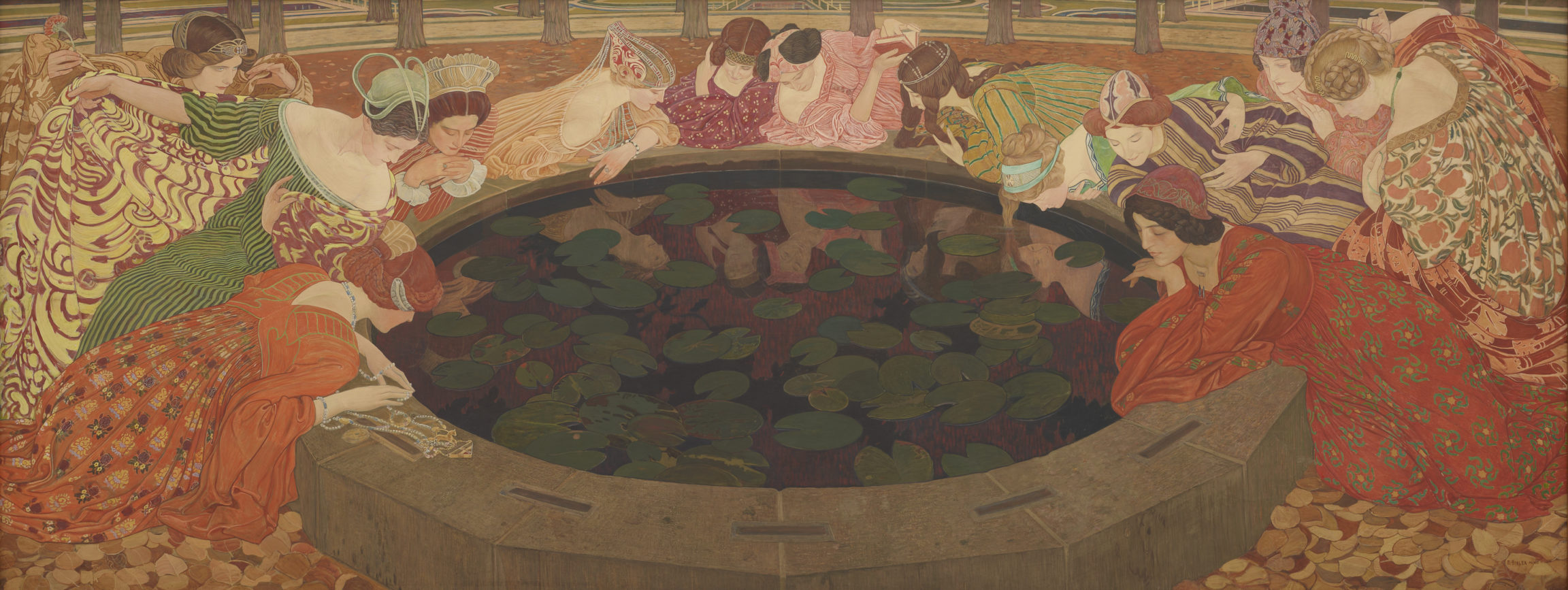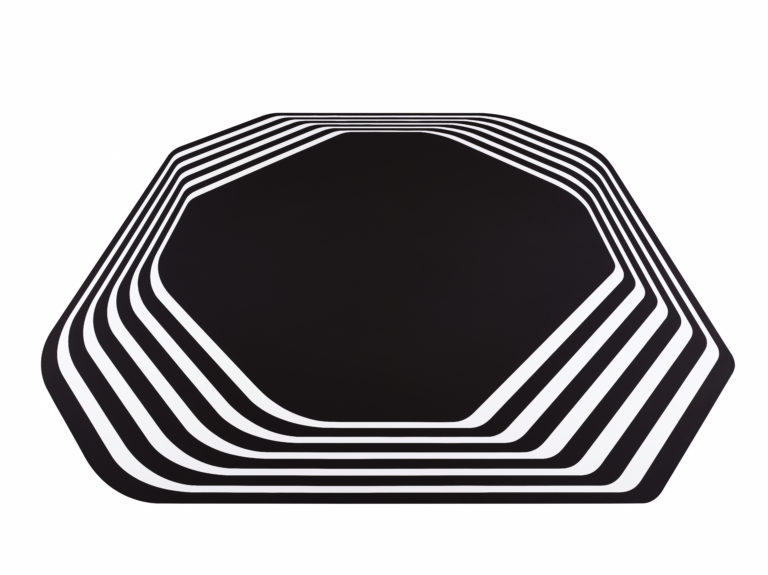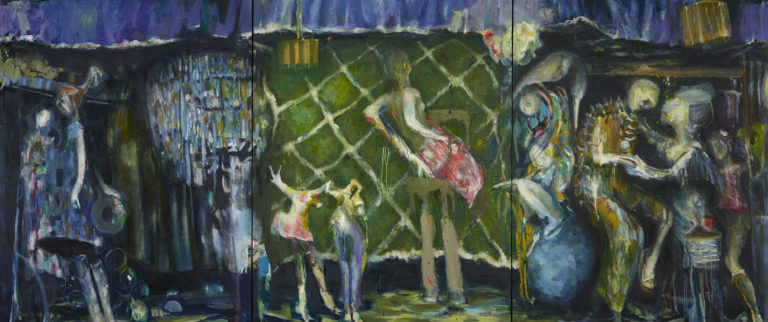Exposé actuellement
The CollectionBibliography
Catherine Lepdor, ‘L’Eau mystérieuse. Ernest Biéler à la croisée des chemins,’ in Jörg Zutter et Catherine Lepdor (eds.), Ernest Biéler (1863-1948). Du réalisme à l’art nouveau, exh. cat. Lausanne, Musée cantonal des Beaux-Arts, Solothurn, Kunstmuseum, Milan, Skira, 1999.
Guy Ducrey, ‘Narcisse au féminin ou la caresse périlleuse,’ in Elio Mosele (ed.), Narciso allo specchio: dal mito al complesso. Atti del Seminario di studi (Malcesine, May 13-15, 1993), Fasano, Schena Editore, 1995: 207-223.




Ernest Biéler worked tirelessly on L’Eau mystérieuse from 1908 to 1911. From the outset, he conceived the painting as an art nouveau manifesto aiming to establish in Paris the supremacy of this graphic style and of the medium of egg tempera.
This work of monumental dimensions extended the series of symbolist panels inaugurated by the artist with Les Feuilles mortes and Les Sources (respectively 1899 and 1900, Bern, Kunstmuseum). It is painted on sheets of paper mounted on canvas and set within a large wooden frame made to the painter’s instructions. Its long, narrow format recalls the Italian tradition of cassone, which had been revived by the English Pre-Raphaelite Edward Burne-Jones. The unified colour scheme – a harmony of yellows, browns and reds – leans towards the monochrome. The legato of the thirteen women fanning out in the foreground is countered by the staccato of the trees in the background. The steep, downwards perspective heightens the impression that the elements have been squeezed onto a single plane. The basin occupies nearly half the painted surface.
The scene is set in an autumnal French-style garden. Young women are reflected in a dark pool dotted with the leaves of water lilies. Their sumptuous outfits combine historical and oriental features with the kind of contemporary fashion pioneered by Paul Poiret. Kneeling and frozen in theatrical poses, these princesses are absorbed in a melancholic fascination with their own reflections, tinged with worry at ageing and an awareness of the narrow limits of their existence. They have renounced material wealth, nature and culture, as symbolised by the three women emphatically turning away, respectively, from a necklace, a carnation and a book. This theme, revisiting Ovid’s myth of Narcissus, reflects the taste for enchantment and the feminisation of heroes characteristic of symbolist and decadent circles at the turn to the twentieth century.